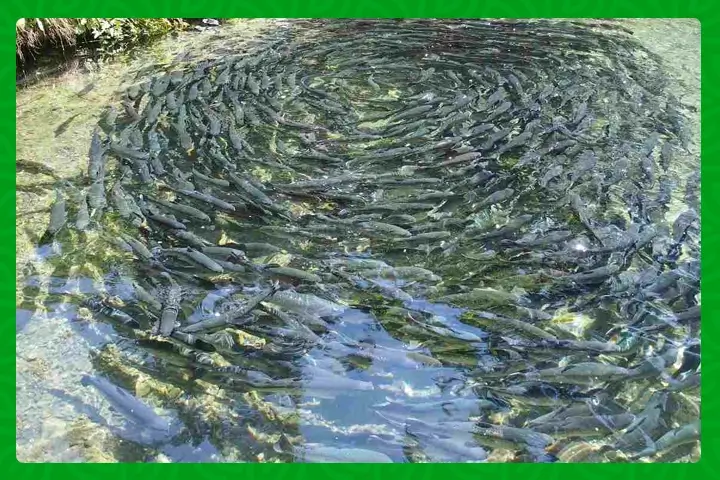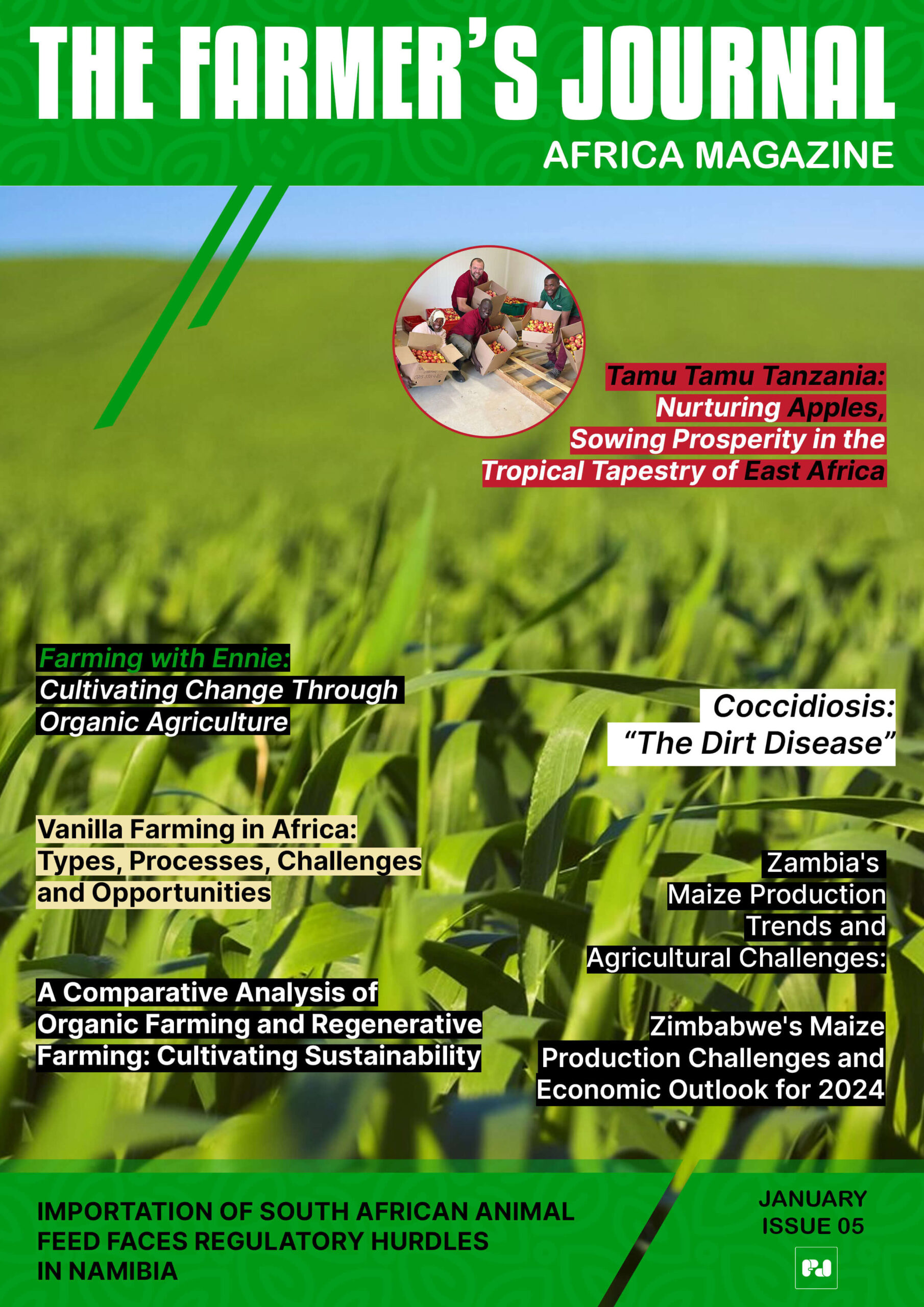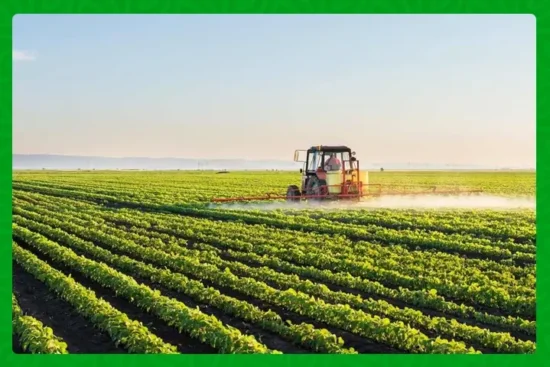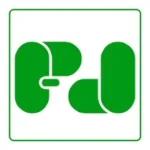
The Nigerian government is charting a bold new course for aquaculture by tackling two of its biggest barriers: access to financing and risk management. With fish consumption rising sharply and imports accounting for nearly 80 percent of domestic demand, officials are rallying investors, insurers, and farmers to rewrite the country’s fish‐production story.
Bridging the Credit Gap for Fish Farmers
On Wednesday, July 16, stakeholders from the Ministry of Marine Resources and Blue Economy convened in Abuja with leaders of the Federation of Fisheries Cooperatives of Nigeria (FCFN), the Tilapia Aquaculture Developers Association of Nigeria (TADAN), and the Catfish Farmers Association of Nigeria (CAFAN). The message was clear: without affordable loans and credit lines, many farmers struggle to scale up hatcheries, ponds, and feed mills.
By negotiating funding with the World Bank, the ministry aims to roll out low‑interest loans designed specifically for aquaculture operators. These loans will cover:
- Infrastructure development – digging new pond systems, installing water‑recirculation units, and upgrading hatcheries
- Working capital – purchasing high‑quality seed stock, feed and vaccines
- Equipment financing – securing aerators, feeders and cold‑storage facilities
When farmers can borrow at single‐digit rates and repay over several seasons, expansion plans shift from dream to achievable blueprint.
Introducing Insurance to Manage Risks
Weather shocks, disease outbreaks and fluctuating feed costs leave fish producers highly vulnerable. To tackle these uncertainties, the ministry is collaborating with the Nigerian Agricultural Insurance Corporation (NAIC) to design a tailored sector‐wide insurance scheme. Key features under discussion include:
- Premium subsidies for smallholder fish farmers to reduce up‐front costs
- Index‐based coverage that triggers payouts automatically when water‐temperature or rainfall thresholds are breached
- Loss assessment teams deployed regionally to fast‐track claim processing
By wrapping farms in a safety net, producers can invest boldly, knowing that an unforeseen drought or fish‐kill event will not wipe out their livelihoods.
Reversing a Declining Trend
According to Food and Agriculture Organization data, Nigeria’s aquaculture output fell from 316,727 tonnes in 2015 to 259,106 tonnes in 2022, an annual average drop of 2.8 percent. This decline has widened the gap between local supply and demand, forcing Nigeria to import roughly 833,000 tonnes of fish each year.
Government planners argue that targeted financing and insurance will stem this slide by:
- Encouraging new entrants who were previously deterred by high start‑up costs
- Enabling existing farms to modernize operations and boost productivity
- Stabilizing incomes so fishers reinvest profits into scaling their businesses
Path to Self‑Sufficiency and Inclusion
Beyond loans and insurance, the ministry’s broader blueprint addresses skills and equity. Initiatives under consideration include:
- Start‑up capital grants earmarked for women and youth entrepreneurs
- Technical training programs on best aquaculture practices, fish health management and sustainable feed formulation
- Cross‑ministry coordination to streamline licensing, water usage permits and environmental clearances
By weaving social inclusion into the aquaculture value chain, Nigeria hopes to unlock untapped talent and inject fresh energy into its fish‑production sector.
Minister’s Vision for Local Growth
At the Abuja meeting, Minister Adegboyega Oyetola emphasized that Nigeria must shift from importing fish to producing it domestically. He noted that aquaculture currently contributes only 25 percent of the country’s total fish output, despite holding the greatest potential for rapid growth.
“Boosting local production is not an option,” the minister said. “It is an imperative for our food security, job creation and economic diversification.” His call to action resonated with farmers and investors alike, laying the groundwork for the next phase of policy roll‐out.
Outlook: From Policy to Plate
As negotiations with the World Bank and NAIC move forward, the real test will be implementation. Success will be measured by rising pond yields, new hatcheries coming online and, ultimately, by fish fillets on plates in cities from Lagos to Maiduguri.
If Nigeria can deliver on its promise of affordable credit and comprehensive insurance, millions of households stand to gain healthier protein options, and a once‐struggling sector may emerge as a cornerstone of national growth. The government’s new focus on financing and risk protection could be the turning point that finally transforms fish farming into a thriving, resilient industry.
Stay updated with the latest farming tips and agriculture industry news from Africa by subscribing to our newsletter. Don’t miss out on valuable insights and updates. Follow us on Twitter, LinkedIn, and Facebook to join our farming community and stay connected with us.


















